Catnip is popular because of the herbal properties it contains. You may not know it, but you can use it to make tea. Catnip flowers are ideal as a treatment for cough, especially since it is a relative of mint. However, when growing this plant, you may encounter it turning brown. After much research, we found out what causes it.
If you notice that your catnip plants are turning brown and, worse, are dying, know that it is because of either root rot or leaf blight.
Although your catnip plants may experience root rot and blight, or any other diseases, you can still do something to solve those issues. Please keep reading as we further discuss the different conditions of catnip and how to properly grow them to prevent discoloration.
What Are The Problems And Diseases Catnip May Encounter?
Here are the different diseases and issues that may harm your catnip plants if not properly taken care of. Check the details below:
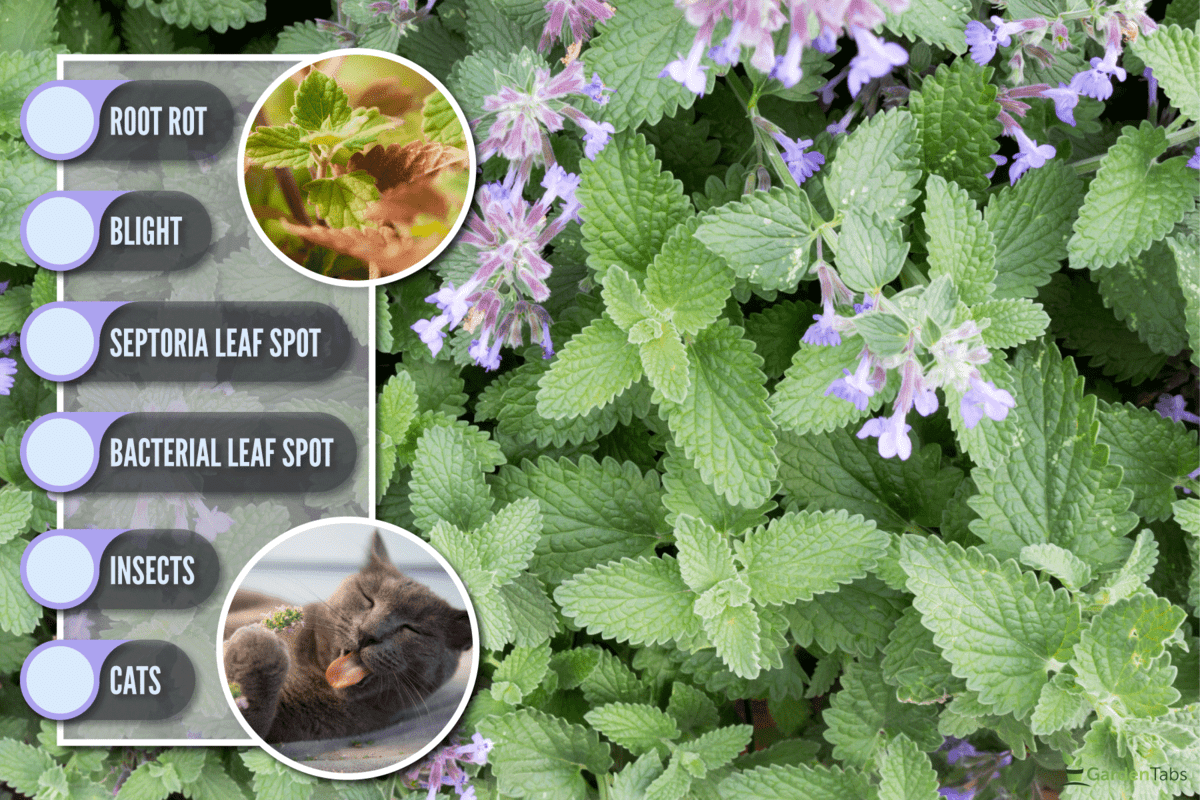
Root Rot
It is the most common reason why your catnip plants turn brown.
When your catnip experiences root rot, expect that its roots are slimy and have an unappealing brown color. In addition, the roots also smell rotten. This disease makes the leaves wilt and makes the entire catnip plant weak.
Solution:
If the root rot has spread all over the roots of your catnip, you can't solve it anymore. However, if the rot is only within a small portion, you can remove it to prevent it from spreading.
After that, plant the catnip in soil that drains well. Additionally, you must not overwater it. Know that the leading cause of root rot is because of a soggy condition.
You should be aware that root rot can kill your catnip plants, especially if you won't take immediate action.
Blight
This one is a typical disease on a catnip plant. Leaf blight produces specks encircled by golden halos are the telltale sign. As the plant wilts and dies, the dots grow larger and turn brown.
Solution:
Kill diseased plants before the blight spreads. Maintaining a tidy space and removing any dead plants is essential.
Septoria Leaf Spot
Expect to experience this disease during rainy seasons. It is inevitable if your plants can't breathe properly because of congestion. Septoria leaf spots usually damage lower and older leaves first.
The symptoms you can see are leaf spots. The spots have dark borders and gray color in the middle. Also, you can observe fungi spores in the middle of the spots.
Solution:
You can't do anything to cure infected catnip plants other than destroy them. Additionally, it would be best to eliminate all the weeds in the area to stop them from spreading the disease.
Bacterial Leaf Spot
Bacterial leaf spot is more likely to occur in your catnip plants during colder weather. Look for small, wet areas with yellow haloes. The dots eventually expand and turn black.
Solution:
Although you can't do anything to cure bacterial leaf spots, you may be able to stop them from forming.
Remember that when the soil is muddy, you should avoid working on it. Get rid of severely diseased plants. In addition, avoid watering from above. And it would greatly help always to keep the weeds at bay.
Insects
Pests like aphids, spider mites, thrips, whiteflies, and flea beetles can harm a catnip crop. They will bring diseases, eat out the catnip, or infest the entire plant.
Solution:
You can prevent pests from infesting your catnip plant by properly fertilizing and watering it. It would be best to avoid doing it too much.
Moreover, insecticidal soap spray can also be effective against most pests, albeit it may require numerous treatments to achieve the desired result.
Cats
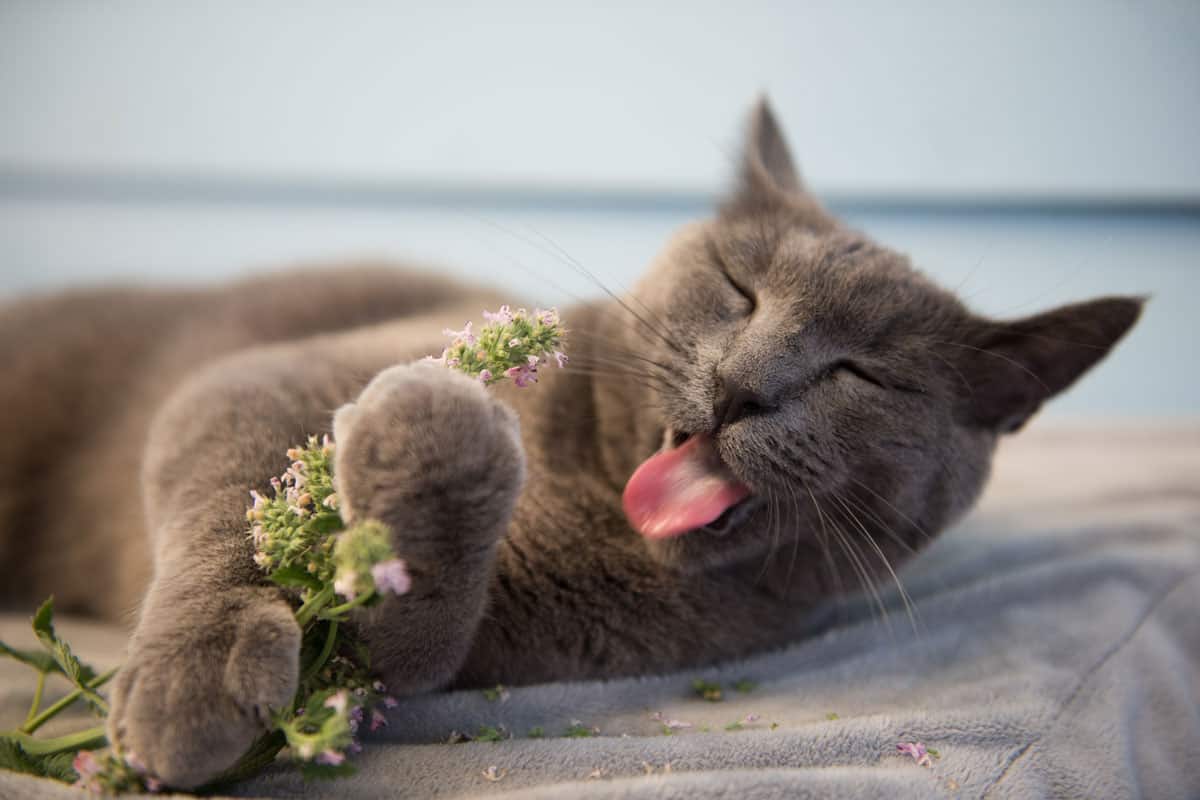
Cats are a problem to catnip plants. Catnip doesn't thrive when cats tend to go near it or play with the plant itself.
Solution:
The only solution to this problem is to enclose the surrounding area of your catnip with wire fencing. Choosing ones with only small holes is advisable, so the cats won't be able to reach the plant. Alternatively, you can use a birdcage to cover the catnip. It will protect the plant and serve as an ornamental enclosure.
How To Properly Grow Catnip Plants
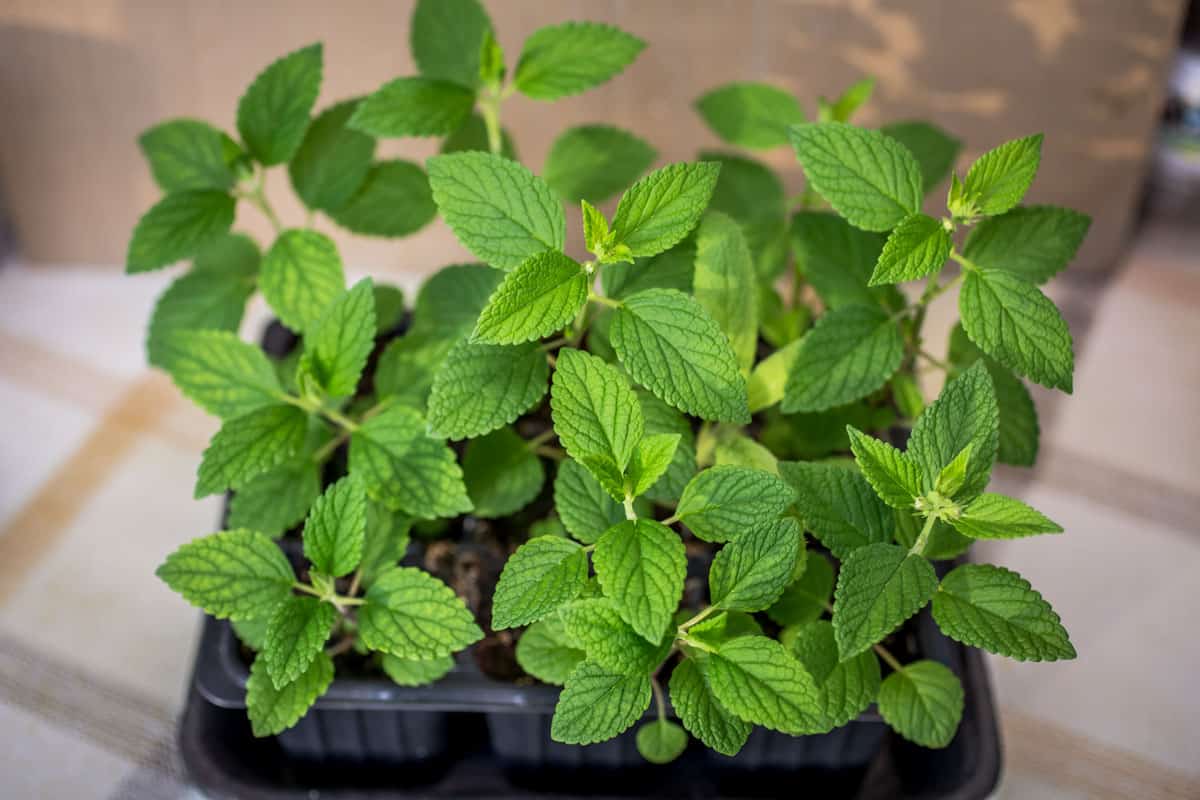
Catnip plants are perennials that are prevalent in North America. Know that they can immediately multiply and spread throughout your yard, especially if you don't check them regularly. However, they are straightforward to manage.
Below are the guidelines on how to properly take good care of them. You should follow these carefully if you wish to avoid pests and diseases from emerging. Check these out!
What Soil Type For Catnip?
Good thing that when it comes to the soil, catnip is not choosy. All you need to provide is soil that drains well. You can plant it in either dry, poor, or rocky soils.
However, if you are to ask about the best soil to use, it would be sandy or loamy soil that drains adequately. Additionally, it thrives best if the soil has a pH level of 6 to 7.8.
Does Catnip Need Full Sun?
Catnip plants love the sun. They require full sun daily to thrive and grow at their best. They will grow leggy and produce scattered leaves if you provide them only with little sunlight.
However, you must be aware that catnips can't tolerate intense heat. So, if you are in an area where the heat is extreme, it would be best to provide your catnip with a bit of shade or protection from the scorching afternoon heat.
Should I Fertilize Catnip?
If you want your catnips to grow at their best, it is a must to incorporate compost into the soil. Doing so at the moment of planting will provide your catnip plants with a boost. And after that, you won't need to feed them anymore.
However, if the soil you are using is not rich, you can feed your catnips with an all-purpose plant food that comes as a liquid. Follow the manufacturer's instructions when using this one. Alternatively, you can also add compost to the soil each spring.
How Often To Water Catnip?
For the catnip seedlings, it is advisable to keep the soil slightly wet but avoid being soggy. On the other hand, matured catnips can tolerate drought; however, you must water them if you have a prolonged drought.
Moreover, if you notice the plant withering, you should provide them a deep watering.
What Is The Best Temperature For Catnip?
Catbips thrive in a temperature of 55 to 85 degrees Fahrenheit. And know that they can't tolerate humid environments. If high humidity is inevitable, it will help to improve the air circulation in the area where you have planted the catnip. Doing so will help you prevent fungal infections.
How To Prune Catnip?
Since catnip spreads easily and abundantly, it is a must to conduct regular pruning.
The ideal time to prune catnips is when the flowers begin to wither before they turn into seeds. In addition, know that regularly pruning them can help them produce more blossoms.
If you want the catnips to stop expanding, you should also remove any new shoots that emerge from subsurface runners. Additionally, you can train them to grow bushier by pinching back their stems while they are young.
Also, following the season's first frost, prune all adult catnips down to a few inches above the ground. When spring arrives, expect that they'll put out new growth.
Where To Plant Catnip?
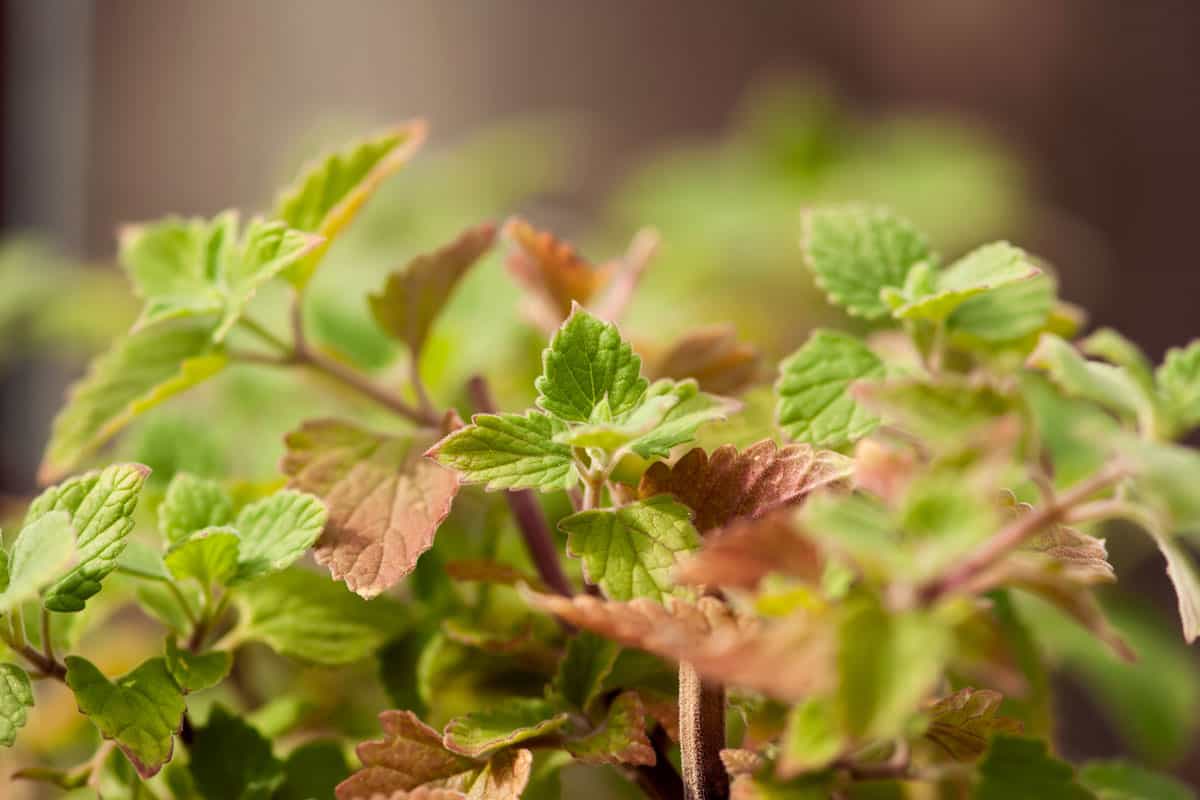
You can make your catnip plants grow at their best if you provide them with the growing requirements they need.
You should plant them in an area where they can get full sun, well-draining soil, and the area is clear of tall shrubs or plants.
As mentioned, if you live in an area with excessive heat, it would be best to protect your catnips from the afternoon sun.
Moreover, if you want to control the spread of your catnip plants, you should plant them in a raised bed, pots, or stone wall. Growing them indoors is also possible. You just need to place them on a sill where they can get direct sunlight daily.
When To Plant Catnip?
It is highly advisable to let the risks of frost pass first before you start planting catnips outdoors. Project the last frost date; after doing so, you can begin planting catnip seeds indoors six weeks before that date comes.
How To Grow Catnip Plants In Pots?
It is advisable to use a pot with a diameter of 12 inches. And the most crucial factor you should consider when choosing a container is to ensure it has enough drainage holes. Additionally, the ideal pot to use is a clay one. It is because the clay pot will permit the soil's surplus moisture to flow through its walls.
Furthermore, you should use a well-draining potting mix and plant the catnip as deep as it was in its old pot.
Click here to check out this mini clay pot on Amazon.
How To Overwinter Catnip Plants?
Within its preferred environment, catnip usually survives the winter just fine. In the fall, prune back the plant's vulnerable new growth to protect it from the harsh winter. Also, remember to cease fertilizing in the fall so you don't encourage new catnip development.
Over the winter, you shouldn't water your catnips. Soil that is too wet during the winter months can be pretty harmful.
Wrapping It All Up!
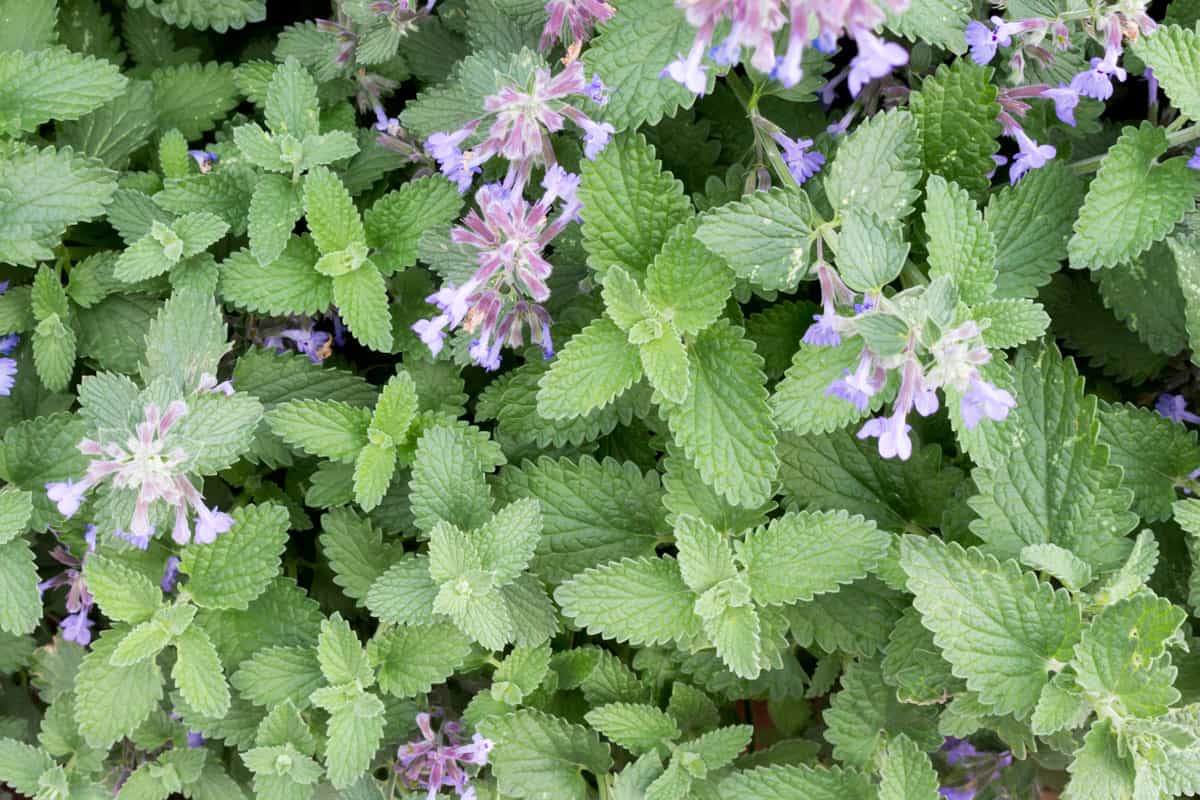
You now know the reasons why your catnip plants turn brown. And you have to follow the things mentioned in this post about how to fix such an issue. Additionally, if you wish to grow healthy catnips, it would be best to provide the growing requirements discussed. Every detail is essential, so you must remember everything as it is to avoid mistakes in caring for catnips.
You have finally made it to the end! We hope you find this post helpful. If you want to continue reading, you can check these posts out!

